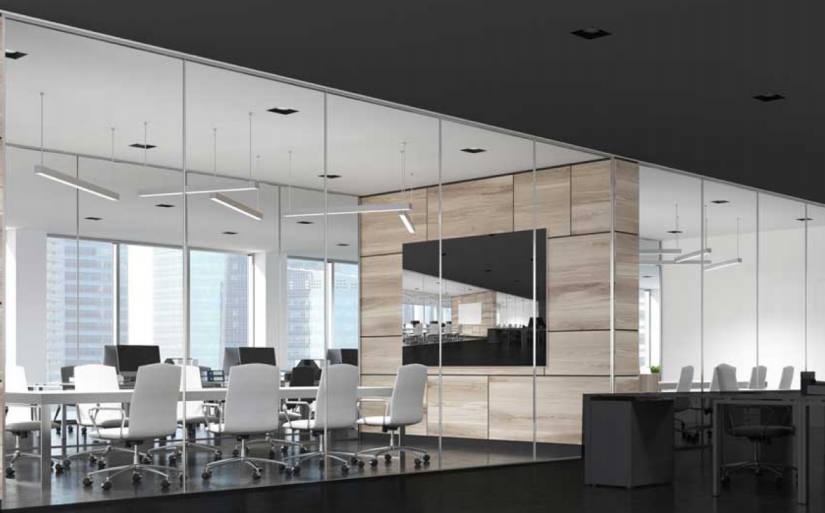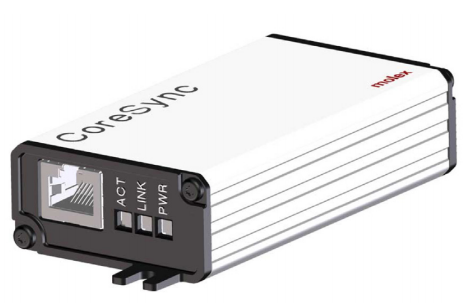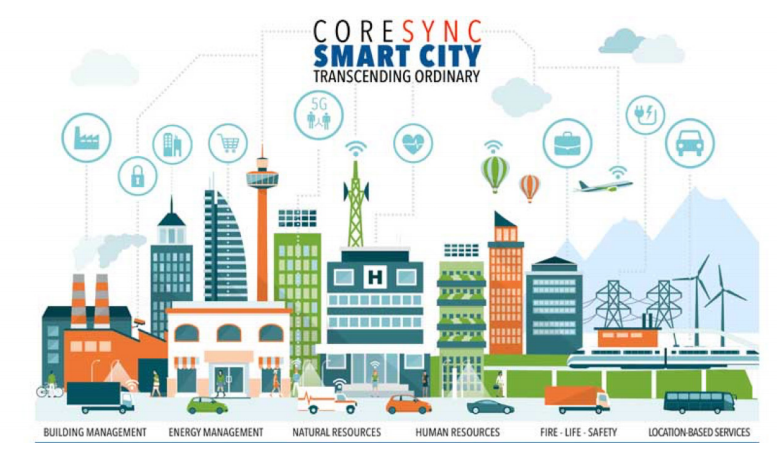
For years, building automation systems (BASs) have decreased energy usage and costs by processing data from sensors to control lighting fixtures, HVAC equipment and more. However, these separate functions typically aren’t aligned. As a result, the benefits of BASs have been limited and their potential, as of yet, unrealized.
THE FUTURE OF WORK
To optimize smart technology, building network platforms have been developed to orchestrate the automation of disparate systems (e.g., lighting and HVAC). Because these platforms have the ability to continually add new applications, such as audio/video, security cameras and access systems, wholistic building automation is within reach. The results—optimized energy efficiency, ensured comfort and security for employees, and increased productivity—would be nothing short of a workplace revolution.
SILOES VS. INTEGRATION
To illustrate the benefits of coordinated building automation, let’s start by observing a hypothetical conference room in which functions are siloed.
Lighting: Either wired or wireless sensors in the conference room keep tabs on the natural ambient light. Let’s say it’s a sunny day and sunshine streams through the window. Sensors will detect this and send the information to the driver in the lighting fixture, causing the light to dim.
Shades: Our hypothetical conference room also has shades on its windows that can be raised or lowered only by hand. Fortunately, they’re raised today. If the shades had been drawn, the sensors in the room would detect the resulting darkness and turn on the lights to full brightness despite the sunshine outside.
HVAC: Whether people are present or not, the temperature in the conference room remains the same. The conference room assets just discussed— lighting, shades and HVAC—are working in isolation. This lack of synergy ends up limiting the benefits of the automated lighting. If all the functions were automated and synchronized, they could provide the ideal lighting and temperature levels while reducing costs and energy consumption. Let’s reimagine our conference room, this time with assets containing smart technology that communicates with a building network system to orchestrate their functions.

The CoreSync Platform works in conjunction with gateways (pictured) that are powered by power over Ethernet (PoE), delivering an easy-to-install building network solution.
Lighting and Shades: Again, the sensors in the conference room detect the ambient light level. But this time the sensors transmit the data to the building network system. Currently, the conference room is empty, so the system keeps the lights off leading to lower energy consumption and utility costs. The system’s software also processes information from the company’s online meeting calendar. A meeting is scheduled to begin soon, and this particular day is cloudy. Because the building network system provides synchronized light management, it uses the light fixtures along with the shades, which are now motorized, to adjust the brightness of the conference room. A few minutes before the meeting’s start time, the system communicates with the motors to raise the shades. It then tells the lights to adjust to an appropriate level, taking into account the daylight now coming through the windows. Therefore, the conference room is sufficiently bright without wasting energy or driving up utility costs. When the meeting is over, the system will turn off the lights and close the shades to save energy and keep the room cool.
HVAC: Data received from sensors will tell the building network system whether the conference room temperature needs to be lowered to make it comfortable for the meeting’s participants. For instance, it will communicate with the HVAC dampers to open, allowing an increase of air flow. Then, data from sensors will let the system know when the room is empty again, and it will direct the dampers to close, contributing to engery and cost reduction.

Now, imagine a building network system that orchestrates the functions of an entire building. Continuous sensor feedback and integrated processing of that data can optimize energy costs, comfort and productivity simultaneously, revolutionizing building automation and occupant experience. To engage with this quickly evolving market, OEMs could design products that are building-network-ready. For example, a lighting OEM could produce a fixture with a driver capable of communicating with a network-connected system that building planners and property managers are installing in their facilities. Consequently, this network-ready lighting fixture would be an easy choice for those same building planners and property managers. In other words, network readiness would create an intelligent building asset whose plug-and-play capabilities make it easy to implement in new and existing facilities. As a result, building asset OEMs who are early adopters of the latest smart building technology are likely to find themselves part of the revolution that is transforming the workplace environment.